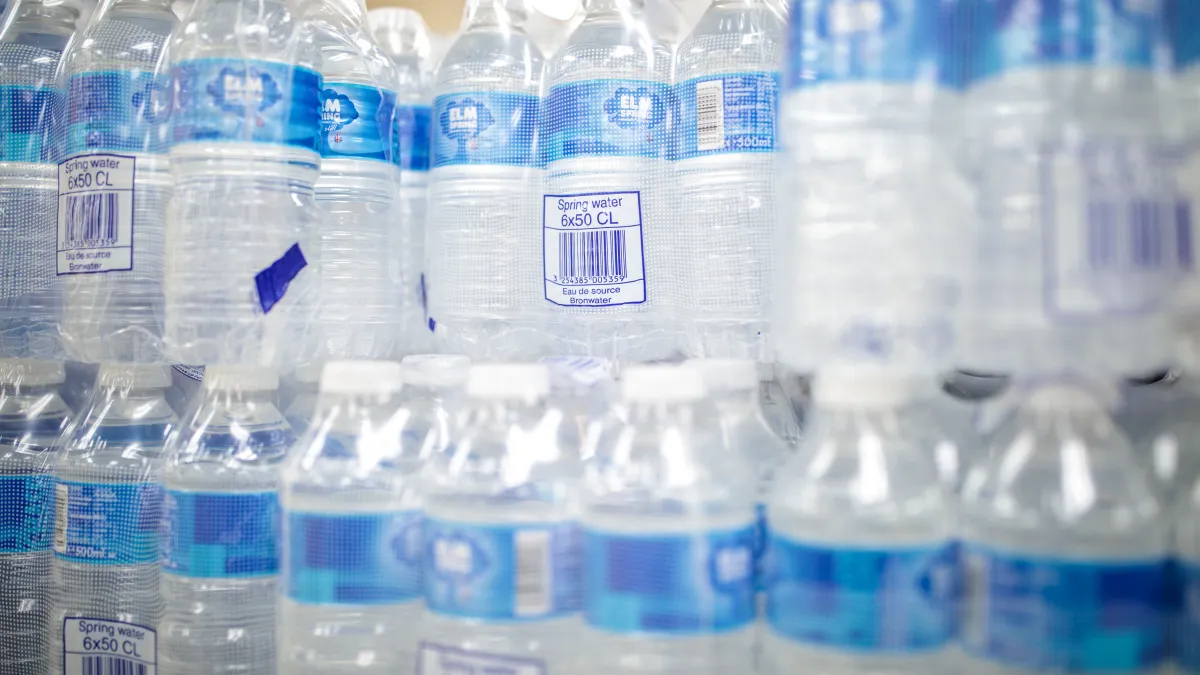Dive Brief:
-
Despite years of concern over lead in school drinking water, testing remains hit-or-miss state to state, according to a report released Wednesday by the National Association of State Boards of Education. Though most states have programs in place to test water, policies are inconsistent.
-
The report found 23 states have a statewide voluntary lead testing program for schools and 18 states have mandatory testing. Of those states that require testing, 13 require mitigation if lead is found in the water, but only 15 states have financial support for mitigation.
-
Most states recommend or require that 15 parts of lead per billion be the threshold to trigger action, and stakeholders say coordination, communication, data collection and management, and implementation are critical to the process. New Hampshire, Vermont and the District of Columbia stand out as leaders in lead testing and mitigation, according to the report.
Dive Insight:
State leaders have long lacked federal requirements for creating rules around drinking water lead testing, but that could soon change. The Environmental Protection Agency is expected to implement revisions to its Lead and Copper Rule, which would require community water systems to test for lead in drinking water at 20% of K-12 schools and licensed child care centers in their service areas each year.
It would also identify areas most impacted by the problem, strengthen drinking water treatments requirements, replace lead service lines, increase sampling reliability and improve risk communication. Federal programs would help finance mitigation.
Additionally, the U.S. Department of Education has also made progress in correcting the problem by raising awareness of the dangers of lead in drinking water, according to a Government Accountability Office (GAO) report. The department has collaborated with the EPA since April 2020 to urge schools to test water, provide information and communicate how school leaders can incorporate lead remediation into emergency planning.
The problem can be costly to fix, however. Maryland’s Montgomery County Public Schools found 1.8% of 13,000 fixtures in 206 schools had excessive levels of lead, which cost about $500,000 to address. According to a 2019 GAO report, more than 40% of districts had tested their systems, and 37% of those have addressed high lead levels.





 Dive Awards
Dive Awards




